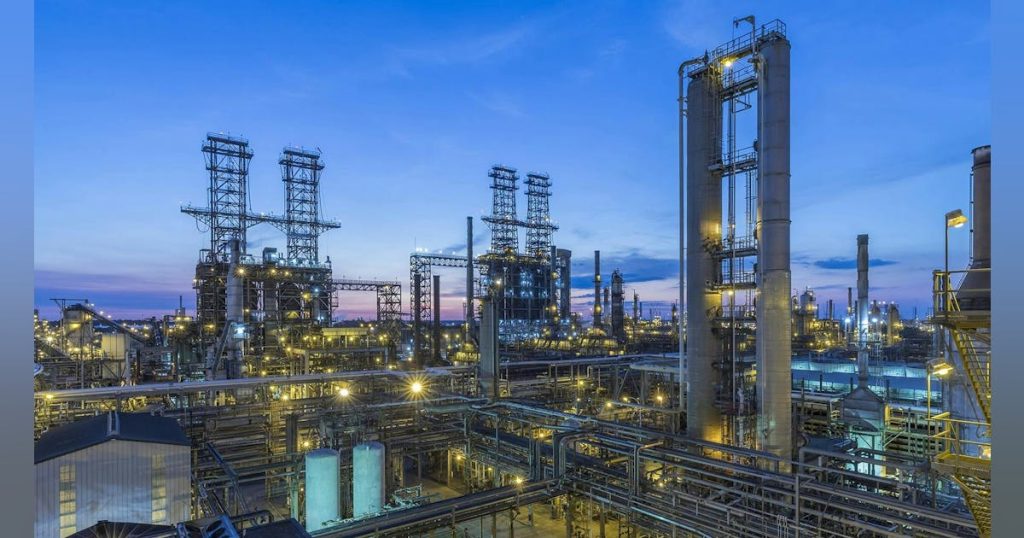The operator also produces renewable fuels, including SAF, at subsidiary Phillips 66 Ltd.’s 221,000-b/d conventional refinery in Humber, North Lincolnshire, England.
The period of heightened focus by US refiners to prepare for increased consumer demand for low-carbon, sustainable fuels in which RREC was completed, however, has changed. But while other operators are reportedly quietly canceling projects aimed at more aggressively reducing carbon emissions from US plants, Phillips 66 is maintaining its broader transformational plan of keeping cost and competitive resilience at the forefront of operational decisions.
In a June 24, 2025, panel at JP Morgan’s Energy, Power, Renewables & Mining Conference, Mark Lashier—Phillps 66’s chairman and chief executive officer—confirmed this plan involves “very high-return, quick-return projects” focused on conventional crude refining. These include upcoming works to improve low-sulfur diesel production at the Lake Charles complex, and a recently completed project at Sweeny to shifting the refinery to processing 40,000 b/d of light Permian crude instead of 40,000 b/d of heavy sour crude, Lashier said.
California conundrum
While Lashier made clear Phillips 66 will continue capital investments geared to improving performance of its conventional refining portfolio, the operator has yet to fully rule out a renewables-based future for its soon-to-be-shuttered Los Angeles refinery.
Announced in October 2024, the planned refinery shutdown followed the company’s determination that market conditions would prevent the long-term viability and competitiveness of the manufacturing site (OGJ Online, Oct. 17, 2024).
At the late-June 2025 panel, Lashier confirmed the refinery will fully cease operations during the fourth quarter as a cost-saving measure.“[Los Angeles is] a very high-cost refinery, low-to-no earnings,” Lashier said. “[With its closure], we’ll be able to not only reduce the controllable costs in our entire refining fleet…but we’ll also free up all the sustaining capital that was going into that asset to keep it viable, to make it available for other uses.”
Lashier said, as with other legacy installations in the area, the Los Angeles refinery was configured to run dwindling California crude production. The refinery’s dual-site configuration, disadvantaged crude supply, and associated costs for production of conventional gasoline made “the base cost of operating a refinery in California [nearly double of] what it is on the [USGC],” he added.
While the closure is allowing the company to begin a process of developing the land “for a higher-value use,” Phillips 66 has yet to commit to what future uses of the combined 650-acres might be.
“[W]e’ve had great cooperation with the California administration, [Gov. Gavin] Newsom, the California Energy Council, they have been very helpful in helping us identify the best ways to resupply California,” Lashier said.
In addition to securing permits for importing refined products from offshore as part of its resupply strategy, Lashier confirmed the company’s 105,000-b/d refinery in Ferndale, Wash., will start producing California Air Resources Board-compliant gasoline for shipment to California.
Mothballing of the conventional Los Angeles refinery by yearend comes amid ongoing tensions between in-state refiners and the Newsom administration resulting from legislation signed in late 2024 aimed at making the state’s oil refineries manage California’s gasoline supplies more responsibly to prevent price spikes at the pump (OGJ ReEnterprised Podcast, ICYMI: Clarity on California refining, May 27, 2025).
Phillip 66’s shuttering of its Los Angeles operations will be followed by Valero Energy Corp.’s recently revealed plan “to idle, restructure, or cease refining operations” at its 145,000-b/d [conventional] Benicia refinery, just northeast of San Francisco, by the end of April 2026” (OGJ Online, Apr. 18, 2025).
Lashier loosely compared the planned closures of California refineries and subsequent loss of in-state capacity to the US Northeast, which is also short regional capacity.
The shift to an import-based model to meet California’s fuel needs could prove “even more stable for the state…once there is a consistent supply of refined products coming in, versus relying primarily on [in-state] refineries,” Lashier said.
“[P]eople don’t realize that most of the refined products come from offshore, from Europe, from Africa, from the Middle East, and no one feels that in the [US Northeast],” Lashier observed.
“California can have a similar situation over the long term, where [it] can have stability with existing [in-state] assets [alongside] imports. And [Phillips 66 is] going to be part of that import [model],” he said.

